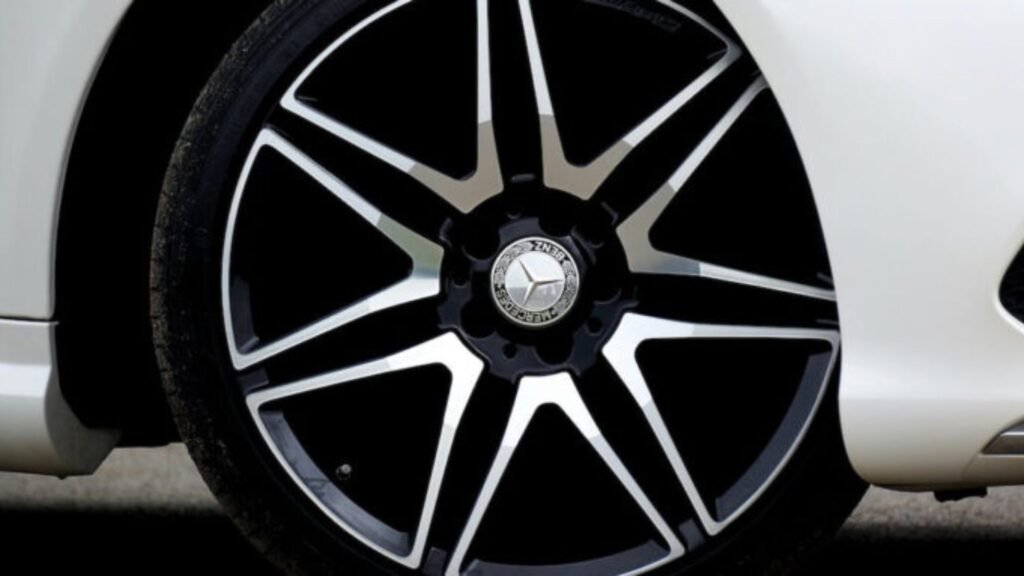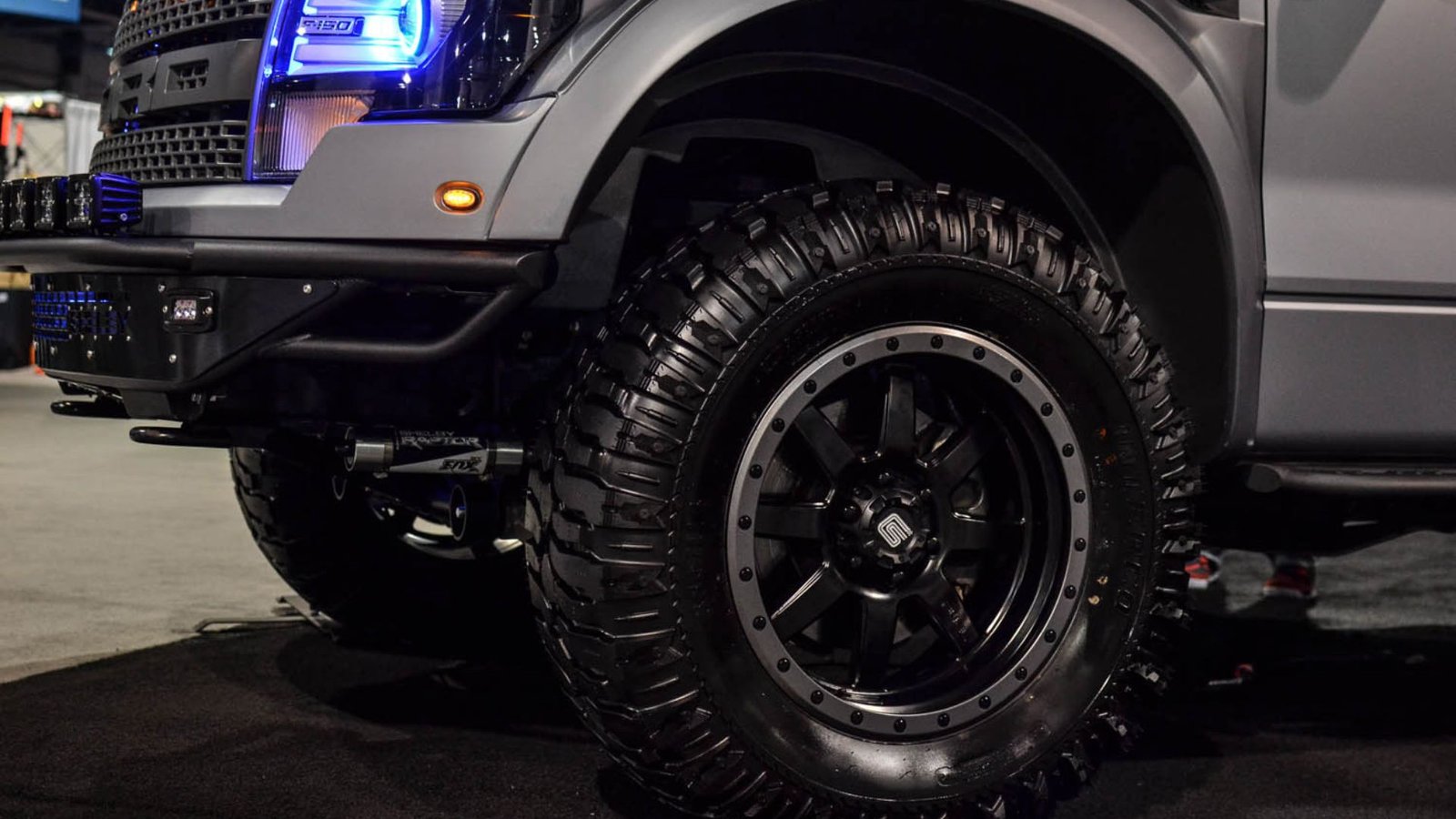Car wheels are more than just round components that help your vehicle move. They are sophisticated parts of automotive engineering that significantly impact performance, safety, and efficiency. Understanding the science behind car wheels can give you deeper insights into how they function and why their design is so crucial. Let’s dive into the key scientific principles that shape car wheels.

1. Wheel Design and Geometry
1.1 Wheel Size
Overview: The size of a wheel, including its diameter and width, affects various aspects of vehicle performance.
Scientific Principles:
- Diameter: Larger wheels generally provide better handling and a sportier appearance but may result in a harsher ride.
- Width: Wider wheels offer increased contact with the road, improving traction and stability.
Impact on Performance:
- Handling: Larger and wider wheels enhance handling and cornering by providing a larger contact patch with the road.
- Ride Quality: Smaller wheels with higher-profile tires offer a more comfortable ride compared to larger, low-profile wheels.
Benefits:
- Improved Control: Enhanced handling and traction improve overall driving control.
- Aesthetic Appeal: Larger wheels often contribute to a more aggressive or stylish look.
Drawbacks:
- Comfort: Larger wheels can lead to a rougher ride.
- Cost: Bigger and wider wheels are generally more expensive.
1.2 Offset and Backspacing
Overview: Offset and backspacing are crucial for proper wheel alignment and vehicle handling.
Scientific Principles:
- Offset: The distance between the wheel’s centerline and its mounting surface affects how the wheel sits within the wheel well.
- Backspacing: The distance from the wheel’s mounting surface to the back edge of the wheel affects clearance and fitment.
Impact on Performance:
- Alignment: Proper offset and backspacing ensure correct wheel alignment, which impacts handling and tire wear.
- Clearance: Ensures that wheels do not interfere with suspension components or bodywork.
Benefits:
- Proper Fitment: Correct alignment and clearance prevent rubbing and enhance handling.
- Safety: Proper wheel fitment reduces the risk of mechanical issues and improves safety.
Drawbacks:
- Complexity: Requires precise measurements and compatibility with vehicle specifications.
2. Materials and Construction
2.1 Steel Wheels
Overview: Steel wheels are made from stamped steel and are known for their durability and cost-effectiveness.
Scientific Principles:
- Material Strength: Steel provides high tensile strength and resistance to impact.
- Weight: Steel wheels are generally heavier than alloy wheels, which can affect fuel efficiency and handling.
Impact on Performance:
- Durability: Steel wheels are resistant to bending and cracking under stress.
- Handling: Heavier weight can negatively impact handling and acceleration.
Benefits:
- Affordability: Cost-effective compared to other materials.
- Strength: Durable and tough.
Drawbacks:
- Weight: Heavier weight affects fuel efficiency and handling.
- Appearance: Fewer aesthetic options compared to alloys.
2.2 Alloy Wheels
Overview: Alloy wheels are made from a combination of aluminum and other metals, offering a balance of strength and weight.
Scientific Principles:
- Material Properties: Aluminum alloys are lightweight yet strong, providing better performance.
- Thermal Conductivity: Alloy wheels dissipate heat more efficiently, which helps with brake cooling.
Impact on Performance:
- Handling: Lighter weight improves handling and acceleration.
- Brake Cooling: Enhanced heat dissipation helps maintain brake performance.
Benefits:
- Performance: Lighter weight improves driving dynamics and fuel efficiency.
- Design: Available in a wide range of styles and finishes.
Drawbacks:
- Cost: Typically more expensive than steel wheels.
- Durability: Can be prone to cracking under extreme stress.
2.3 Carbon Fiber Wheels
Overview: Carbon fiber wheels are an advanced technology known for their ultra-lightweight and high-strength properties.
Scientific Principles:
- Material Strength: Carbon fiber offers an excellent strength-to-weight ratio and high impact resistance.
- Manufacturing: Made by layering carbon fibers and binding them with resin.
Impact on Performance:
- Weight Reduction: Significantly lighter than alloy or steel wheels, improving acceleration and handling.
- Strength: Provides superior strength and durability.
Benefits:
- Enhanced Performance: Reduces unsprung weight, improving handling and ride quality.
- High Durability: Strong and resistant to damage.
Drawbacks:
- Cost: Very expensive compared to other wheel materials.
- Availability: Less common and may require special ordering.
3. Tire Dynamics
3.1 Tire Contact Patch
Overview: The contact patch is the area of the tire that makes contact with the road.
Scientific Principles:
- Distribution of Forces: The size and shape of the contact patch affect how forces are distributed during driving.
- Traction: Larger contact patches generally offer better grip and stability.
Impact on Performance:
- Traction: A larger contact patch improves grip and handling.
- Stability: A well-distributed contact patch enhances vehicle stability.
Benefits:
- Improved Control: Better grip and stability improve overall driving performance.
- Safety: Reduces the risk of skidding and loss of control.
Drawbacks:
- Tire Wear: Larger contact patches can lead to increased tire wear if not properly aligned.
3.2 Tire Pressure
Overview: Tire pressure affects the performance and safety of car wheels.
Scientific Principles:
- Pressure Effects: Proper tire pressure ensures optimal contact with the road and affects handling, fuel efficiency, and tire wear.
- Inflation Variations: Under-inflated or over-inflated tires can lead to poor performance and safety issues.
Impact on Performance:
- Handling: Correct pressure improves handling and responsiveness.
- Safety: Proper inflation reduces the risk of blowouts and tire failure.
Benefits:
- Optimal Performance: Ensures that tires perform as intended.
- Enhanced Safety: Reduces the risk of accidents caused by tire issues.
Drawbacks:
- Maintenance: Requires regular monitoring and adjustment.
4. Physics of Wheel Rotation
4.1 Centrifugal Force
Overview: As wheels rotate, they experience centrifugal force, which affects their performance.
Scientific Principles:
- Force Distribution: Centrifugal force pulls outward from the center of rotation, influencing wheel stability.
- Balancing: Proper wheel balancing ensures that centrifugal forces are evenly distributed.
Impact on Performance:
- Stability: Balanced wheels reduce vibrations and improve stability at high speeds.
- Safety: Proper balancing enhances overall vehicle safety.
Benefits:
- Smooth Ride: Reduces vibrations and provides a smoother driving experience.
- Improved Safety: Enhances vehicle stability and handling.
Drawbacks:
- Balancing Costs: Requires regular balancing and may incur additional costs.
4.2 Rotational Inertia
Overview: Rotational inertia affects how easily a wheel can accelerate or decelerate.
Scientific Principles:
- Moment of Inertia: The distribution of mass affects how much force is required to change the wheel’s speed.
- Lightweight Wheels: Lighter wheels have lower rotational inertia, making them easier to accelerate and decelerate.
Impact on Performance:
- Acceleration: Lighter wheels improve acceleration and braking performance.
- Fuel Efficiency: Reduced rotational inertia enhances fuel efficiency.
Benefits:
- Enhanced Performance: Improves acceleration and braking.
- Better Efficiency: Contributes to better fuel economy.
Drawbacks:
- Cost: Lightweight materials can be more expensive.
Conclusion
The science behind car wheels involves a range of factors including design, materials, and physics. Understanding these principles can help you make informed decisions about wheel selection and maintenance. By considering factors like wheel size, material properties, tire dynamics, and the effects of centrifugal force and rotational inertia, you can enhance your vehicle’s performance, safety, and efficiency. Whether you’re upgrading your wheels or simply maintaining them, knowledge of the science behind car wheels will ensure you get the most out of your vehicle’s performance.




